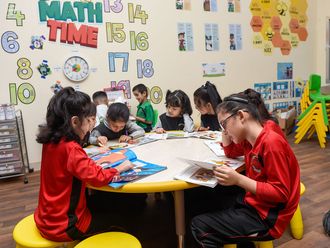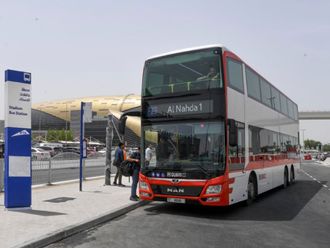
The world is changing rapidly, driven by powerful forces such as economics, politics, demographics and technology. We have seen enormous transformations over the past few decades in how we do business, how we live and how our governments function.
The field of higher education is no different and its global landscape continues to shift remarkably. According to the UNESCO Institute for Statistics, it is estimated that the number of enrolments globally will rise from 214.1 million in 2015 to 594.1 million by 2040 — an increase of 281 per cent over the 30 years from 2000 to 2030. At the same time, we are witnessing many changes in the nature of higher education, such as the growth of virtual schooling, the use of learning tools, personalised content and a growing preference for blended learning.
Here is a quick look at some of the strategic technologies of today that are impacting higher education as we know it.
Artificial intelligence
Artificial Intelligence (AI) is already making its presence felt in many industries, including higher education. For example, some computer systems are already doing personalised tutoring. They can also moderate discussions, alter context to stimulate learning, as well as generate data to analyse the needs of individual students and the classroom as a whole. This opens fascinating possibilities about how we learn and teach.

In the future, AI will be able to assist students who need extra help by offering one-to-one tutoring from adaptive AI higher education tutors. It will also drive high-quality continuous teacher development, which otherwise would have a significant cost attached.
In the future, AI will be able to assist students who need extra help by offering one-to-one tutoring from adaptive AI higher education tutors. It will also drive high-quality continuous teacher development, which otherwise would have a significant cost attached.
Digital learning tools
A growing number of educators are adopting digital tools and using them in innovative ways to enhance student learning in higher education. For example, Pearson’s higher education solutions such as MyLab and Mastering, or Revel deliver electronic course materials to students on or before the first day of class.
Apart from improved learning outcomes, digital tools also help save students materials costs.
Blended learning
We are now shifting towards colleges with more working adults who attend college part time in order to accommodate a job. Juggling jobs and school, they need technological solutions that make their lives easier — and they require a seamless, engaging experience. This has given rise to blended learning, or an approach to education that combines online education and opportunities for interaction online with traditional place-based classroom methods. In the future we will see more and more students participating in engaging, rigorous blended learning programmes on account of the accessibility and flexibility that these programmes offer.
— The writer is Managing Director of Pearson Middle East



_resources1_16a30b2f411_small.jpg)








